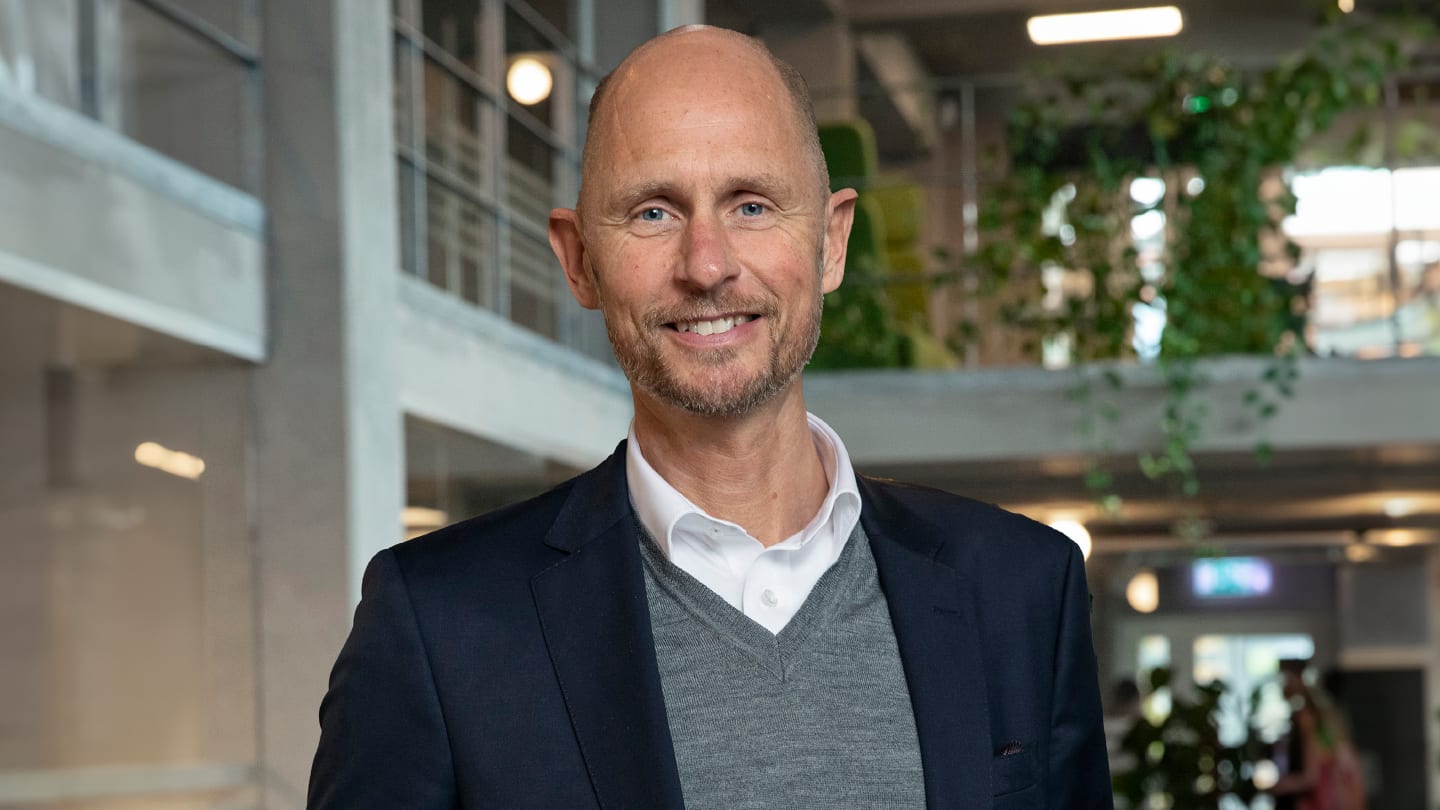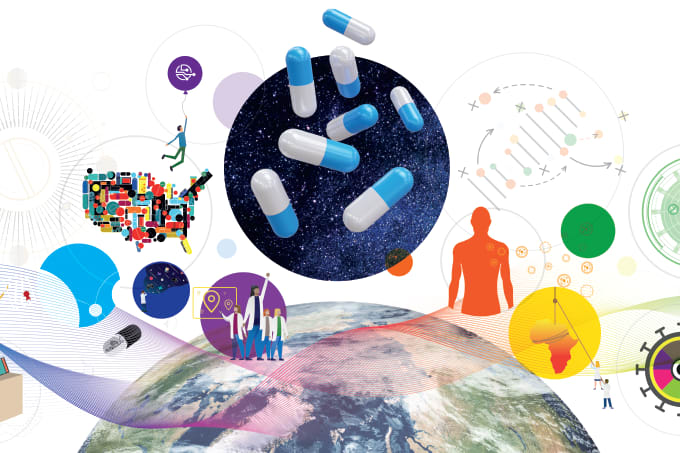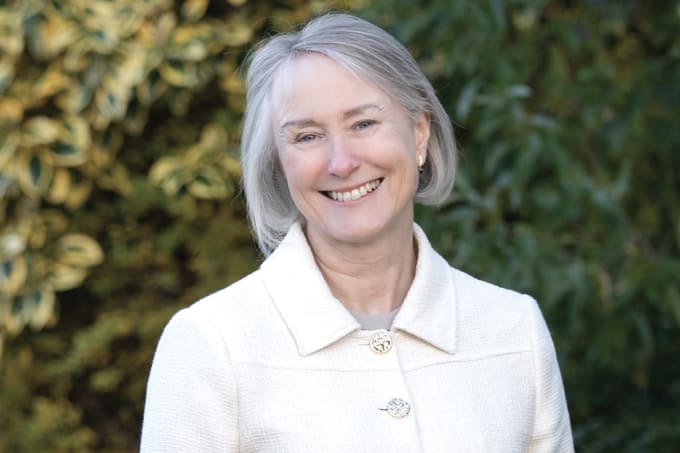
Clinical trials are the backbone of drug development, yet they are also among its most unpredictable and resource-intensive stages. Each study must navigate an intricate web of scientific, regulatory, and operational challenges. From ensuring that Chemistry, Manufacturing, and Control (CMC) data meet regulatory standards to maintaining patient recruitment and compliance, there are many points where a promising therapy can falter.
Amid these pressures, drug developers often seek external expertise to help manage complexity and risk. Clinical trial consultants—many of whom have extensive experience across industry and academia—can provide strategic guidance on study design, regulatory engagement, and project management. Their value lies in helping companies align scientific objectives with regulatory expectations and operational realities, particularly when timelines are tight or resources limited.
To understand how consultants support pharmaceutical and biotech companies in bringing new therapies through the clinic, The Medicine Maker spoke with Rasmus Rabøl, Chief Medical Officer and Executive Vice President of Advisory at Denmark-based KLIFO. In this Q&A, he discusses the skills and perspectives that enable consultants to help de-risk development programs and maintain momentum through the unpredictable terrain of clinical research.
Why do drug developers turn to consultants for guidance?
There will always be challenges in drug development due to the nature of scientific discovery. We will never be able to fully predict outcomes of development programs or the technical challenges that arise in Chemistry, Manufacturing, and Control (CMC). In addition, regulatory requirements and attitudes can shift. What we can do is carefully plan the process so we de-risk projects in a stepwise approach. It’s about understanding the challenges that drug developers face and maintaining a high focus on the clients needs.
In designing the most efficient development programs for assets, mutual trust is key for the consultant-client relationship. If our customers fully trust that we are only here to support their projects and become successful, then we have done our job well. We understand that it is impossible to always adhere to plans, so flexibility is key in the support approach.
All processes in drug development should be interlinked. Without a well-characterized compound and good assays, you cannot run a proper non-clinical program – and without an understanding of the regulatory requirements and an outline of the early clinical program, you cannot design the most optimal non-clinical program in terms of exposure and duration. A bird’s-eye view of the key inflection points in the project can help direct attention to the most critical activities.
What experience is valuable for a consultant?
Personally, I worked myself backwards through the value chain. I began my career as a medical specialist with responsibility for design and conduct of phase IIIb trials. Then I moved to Cardiovascular Outcome trials and to phase II before being responsible for all First-In-Human testing and translation across the portfolio in a large pharma company. The most valuable experience in pharma will always be to become responsible for leading a project as project director. Here you learn all aspects of drug development and understand the interdependencies and critical deliverables throughout the lifecycle of the project. I was fortunate to lead a development project from phase I through to phase III design, and this gave me invaluable insights. This project later became a marketed product.
If you want to become a consultant, you need to thoroughly understand clinical trial processes and the regulatory landscape. The landscape for clinical trials has always been tricky to navigate and the balance between regional requirements for development programs and trials can be contradictory. There is now more communication and alignment between the different regulatory agencies, which will reduce complexity, but there is still unpredictability in some regions regarding the regulatory setup and commitment. Overall, a consultant needs to remain on top of evolving trends.
The truly valuable consultant should at a project as a whole and understands the key value inflection points. This will result in a fit for purpose plan with a balanced investment in the right things at the right time. It also ensures project progress and a focus on risk mitigation of the critical items. It is all about de-risking and maximizing the investment that your backers have committed to.
What made you decide to become a consultant?
As a consultant you have to be very sharp on how you generate value for your clients. Our clients should have no tolerance for inefficiency and mediocrity as they often turn to us when a specific task needs solving with pace and high quality. It motivates me to become super sharp in delivering high quality to our clients and truly understand what they need. In addition, you get to work across a wide range of therapeutic areas and modalities as a consultant. You help to deliver meaningful project progress and bring your clients closer to their goals. And I must admit, the environment around biotech startups is hugely inspirational.
What do you look for in potential new consultants?
I look for candidates with hands-on subject matter expertise, and a willingness to do the work necessary to move a project forward. Since consultancy is very much a relationship-based industry, I look for people I would like to work with.
What are the best parts of a consultant's job?
The best part of our job is when you have satisfied clients! And this is a result of a careful understanding of the needs, strong execution, delivery of the task, and close follow-up.
What key trends are you seeing amongst clinical trials at the moment?
For the industry as a whole, we see more smaller companies emerging. Of all compounds in development, close to 20 percent are now sponsored by companies with one or two products in their portfolio. This means that execution of development programs must rely more on outsourcing since these companies don’t own the execution power of larger pharma.
New AI tools are having an impact on trial execution and report generation. We are now seeing more efficient protocol writing and carefully designed and automated data flows leading to clinical trial report writing in no time. Patient recruitment remains an Achilles heel, but new tools are emerging – some with more promise than others. In addition, the ICH E6 update forces us to think in a risk-based approach. This is, in my opinion, great for quality and focus.
Another interesting trend is the relative increase in phase III trials which could indicate better risk management and biological de-risking of ongoing development programs, but a major concern continues to be geopolitical instability and challenges on the supply chain. Drug development is tricky enough as it is, these additional challenges unfortunately add to the complexity. We still see an increase in the number of assets in development and number of trials, but with large regional differences in these trends.
As we enter 2026, where do you think the priorities need to lie if the industry wants to improve its processes?
Increasing probability of success (PoS) is the Holy Grail of drug development. Productivity has decreased in the last 70 years and optimising resource use is a must. A diligent approach to biological de-risking is an obvious solution, but often easier said than done. But with strong omics tools allowing for deeper biological understanding, we should be able to understand biology and pharmacology at an early timepoint so we can reduce attrition in the clinical development space. AI has obviously brought very powerful tools to clinical development, and we must remain curious about the application. There is enormous potential here if you carefully select the goals you want to achieve. It is a very interesting time to be involved in this industry.
What three pieces of advice would you offer to a new drug developer when preparing to consult?
Know your trade. Bring a willingness to do hands-on work. Listen to your customer’s needs.




